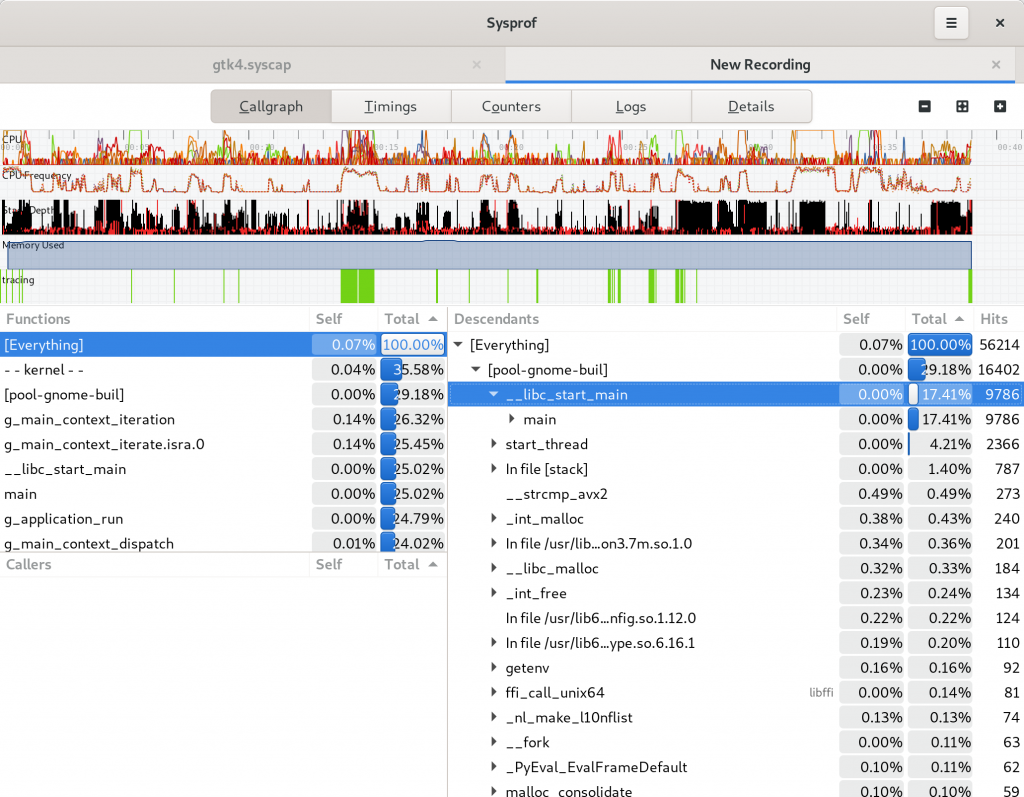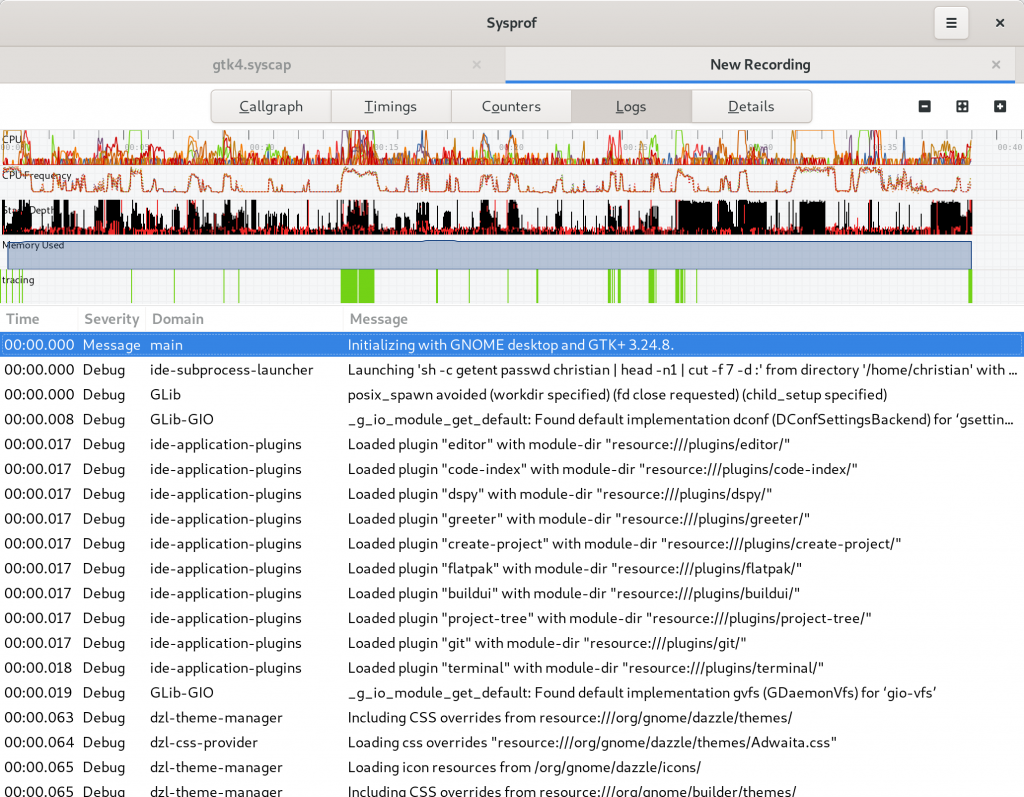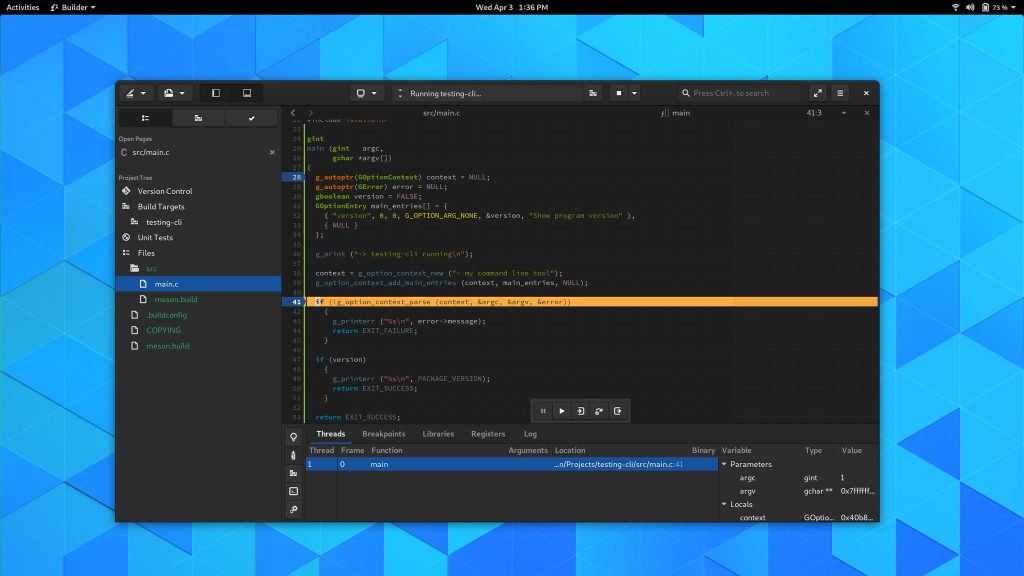One of the things I talked about in my talk at Scale 17x is that there are a number of platform features coming that are enevitable.
One of those is application sandboxing.
But not every component within an application is created equal or deserves equal access to user data and system configuration. Building the next big application is increasingly requiring thinking about how you segment applications into security domains.
Given the constraints of our current operating systems, that generally means processes. Google’s Chrome was one of the first major applications to do this. The Chrome team had created a series of processes focused on different features. Each of those processes had capabilities removed (such as network, or GPU access) from the process space to reduce the damage of an attack.
Recently Google released sandboxed-api, which is an interesting idea around automatically sandboxing libraries on Linux. While interesting, limiting myself to designs that are Linux only is not currently realistic for my projects.
Since I happen to work on an IDE, one of the technologies I’ve had to become familiar with is Microsoft’s Language Server Protocol. It’s a design for worker processes to provide language-specific features.
It usually works like this:
- Spawn a worker process, with a set of pipe()s for stdin/stdout you control
- Use JSONRPC over the pipe()s with some well-formatted JSON commands
This design can be good for sandboxing because it allows you to spawn subprocesses that have reduced system capabilities, easily clean up after them, and provides an IPC format. Despite having written jsonrpc-glib and a number of helpers to make writing JSON from C rather clean, I’m still unhappy with it for a number of reasons. Those reasons range from everything from performance to correctness to brittleness of nonconforming implementations.
I’d like to use this design in more than just Builder but those applications are more demanding. They require passing FDs across the process boundary. (Also I’m sick of hand writing JSON RPCs and I don’t want to do that anymore).
Thankfully, we’ve had this great RPC system for years that fits the bill if you reuse the serialization format: DBus.
- No ties to a DBus daemon
- GDBus in GLib has a full implementation that plays well with async/sync code
- gdbus-codegen can generate our RPC stubs and proxies
- Well defined interfaces in XML files
- Generated code does type enforcement to ensure contracts
- We can easily pass FDs across the process boundary, useful for memfd/tmpfs/shm
To setup the sandboxes, we can use tools like flatpak-spawn or bwrap on Linux to restrict process capabilities before launching the target process. Stdin/stdout is left untouched so that we can communicate with the subprocess even after capabilities are dropped.
Before I (re)settled on DBus, I tried a number of other prototypes. That included writing an interface language/codegen for JSONRPC, using libvarlink, Thrift’s c_glib compiler and protobufs. I’m actually surprised I was happiest with the DBus implementation, but that’s how it goes sometimes.
While I don’t expect a lot of sandboxing around our Git support in Builder, I did use it as an opportunity to prototype what this multi-process design looks like. If you’re interested in checking it out, you can find the worker sources here.
What excites me about the future is how this type of design could be used to sandbox image loaders like GdkPixbuf. One could quite trivially have an RPC that passes a sealed memfd for compressed image contents and returns a memfd for the decoded framebuffer or pre-compressed GPU textures. Keep that process around a little while to avoid fork()/exec() overhead, and we gain a bit of robustness with very little performance drawbacks.


















